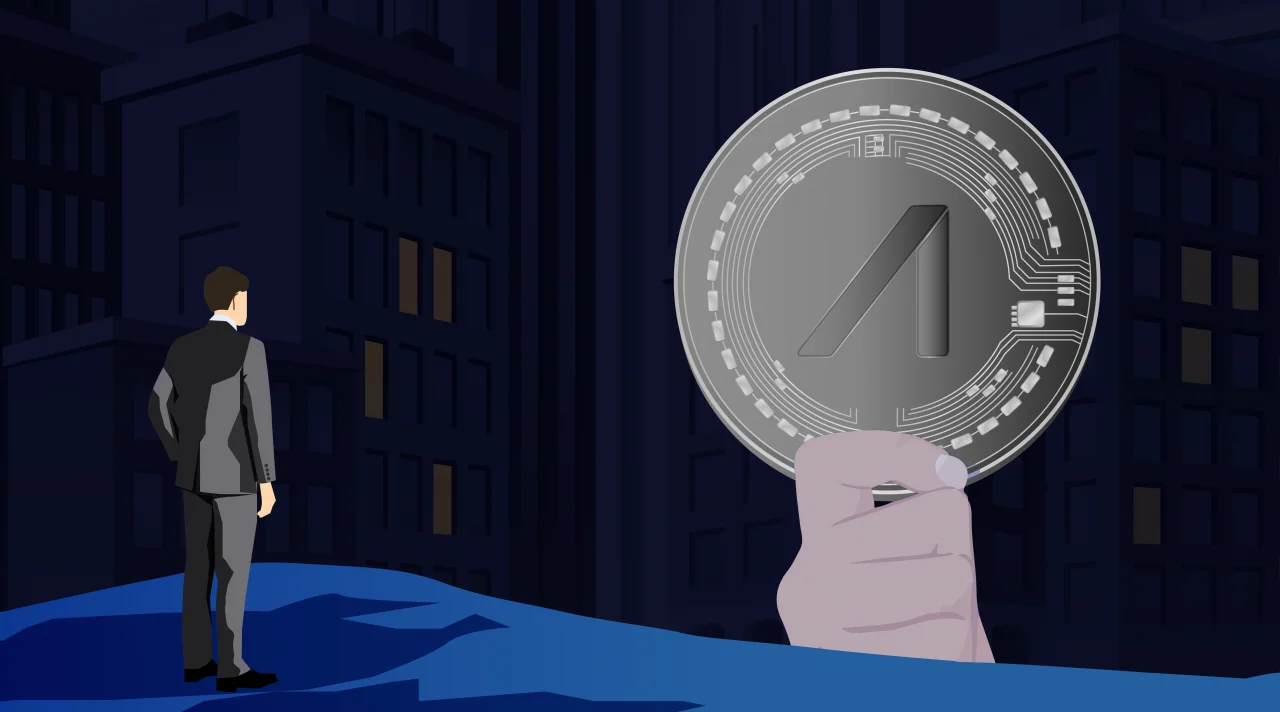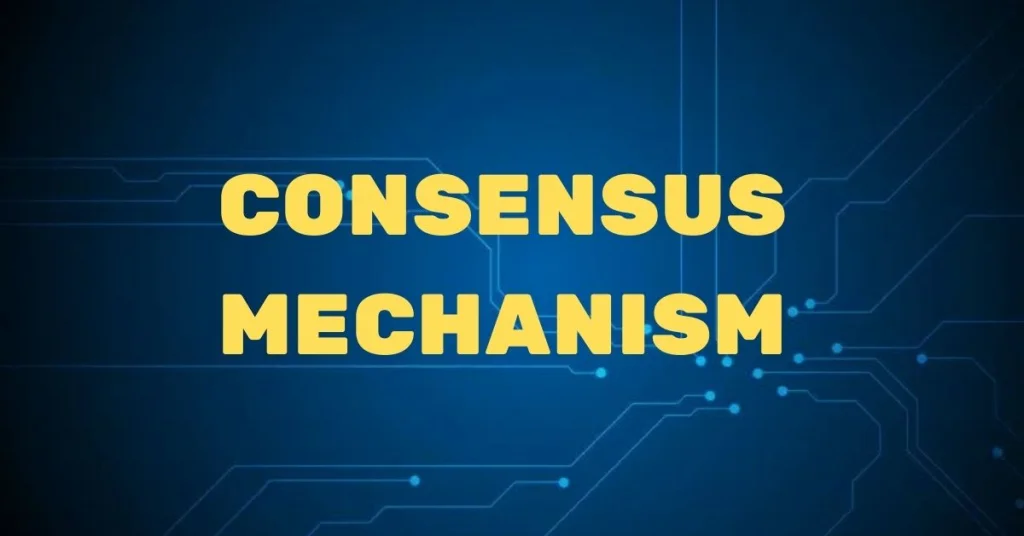

A central administrator maintains and updates any centralized system, such as a database containing critical information about a country’s driving licenses. Making any changes, such as adding/removing/updating the names of people who qualified for specific licenses, is performed by a central authority, which remains solely responsible for maintaining genuine records.
Public blockchains operate globally as decentralized, automated systems with no central authority. They entail the participation of hundreds of thousands of people who work on verifying and authenticating blockchain transactions and block mining activities.
In the blockchain’s face’s dynamically changing status, these publicly shared ledgers require an efficient, fair, real-time, reliable, functional, and secure mechanism to ensure that all transactions occurring on the network are genuine and all participants agree on a consensus on the ledger’s status. This critical task is carried out by the consensus mechanism, a set of rules that determines the legitimacy of contributions made by the blockchain’s various participants (i.e., nodes or transactors). This post will show you a quick guide to the consensus mechanism.
A consensus mechanism is a fault-tolerant mechanism used in computer and blockchain systems to agree among distributed processes or multi-agent systems, such as cryptocurrencies, on a single data value or network state. It helps keep records.


For example, the consensus mechanism on the Bitcoin blockchain is known as Proof-of-Work (PoW), which requires computational power to solve a problematic but arbitrary puzzle to keep all nodes in the network honest.
There are various consensus mechanism algorithms, each operating on different principles.
The proof of work (PoW) algorithm is a widespread consensus algorithm used by the most popular cryptocurrency networks, such as bitcoin and litecoin. A participant node must show that the work they have completed and submitted qualities them for the authority to insert new transactions into the blockchain. However, the entire bitcoin mining mechanism causes high energy consumption and a longer processing time.
Another common consensus algorithm is proof of stake (PoS), which developed as a low-cost, low-energy-consuming alternative to the PoW algorithm. It entails assigning responsibility for maintaining the public ledger to a participant node in proportion to its number of virtual currency tokens. However, this has the disadvantage of motivating crypto coin hoarding rather than spending.
While PoW and PoS are the most common in the blockchain space, other consensus algorithms, such as Proof of Capacity (PoC), allow contributing nodes on the blockchain network to share memory space. The more memory or hard disk space a node has, the more rights it has to keep the public ledger up to date. Proof of Activity (PoA), which is used on the Decred blockchain, is a hybrid that incorporates elements of both PoW and PoS. Another is Proof of Burn (PoB), which requires users to send small amounts of cryptocurrency to inaccessible wallet addresses, effectively “burning” them out of existence.
Another method, known as Proof of History (PoH), developed by the Solana Project and similar to Proof of Elapsed Time (PoET), cryptographically encodes the passage of time to achieve consensus without expending many resources.
Conclusion
A consensus mechanism is several methods for agreeing, trust, and security across a decentralized computer network.
PoW and PoS are two of the most common consensus mechanisms in blockchains and cryptocurrencies. Bitcoin miners’ critics claim PoW is overly energy intensive, prompting the development of new and more efficient mechanisms. If you need to consult blockchain services, contact SmartOSC.
Increased acceptance and knowledge sharing have aided the spontaneous growth of cryptocurrency over the last…
Blockchain can be intimidating to research, but attending cryptocurrency events is one of the best…
Blockchain has made inroads into all major industries and is also becoming a part of…
In recent years, blockchain lending solutions have grown in popularity as a way to earn…
The scalability trilemma is still one of the blockchain's most pressing issues. Here are some…
Many people are looking for ways to get involved in the crypto world as the…